Why Do Brake Boosters Fail?
If you suspect the brake booster is failing then the vast majority of the time this will be caused by a vacuum leak.
The leak can either be in the brake booster itself, a leak in the hose that connects to the intake manifold or it can be an engine vacuum leak.
Most of the time the the problem will be caused by the hardening of the internal diaphragm of the brake booster or a problem with the way the brake booster connects to the intake manifold.
Over time, hoses can become hard and brittle, and even a tiny crack in the rubber will cause a decrease in pressure.
The internal diaphragm that separates the brake booster into two chambers is less likely to harden, especially in newer vehicles. However, it’s not unusual for it to develop a leak or a fault over time through normal usage.
What Is A Brake Booster?
Most DIY mechanics know, that the brake system on pretty much every vehicle is a sealed hydraulic system. It works by compressing brake fluid that pushes the brake pads against a brake disc.
What many don’t know, is that disc brakes introduced the necessity of assisting the driver when applying force to the pedal. This is due to the huge hydraulic pressure required to effectively squeeze the pads against the brake discs.
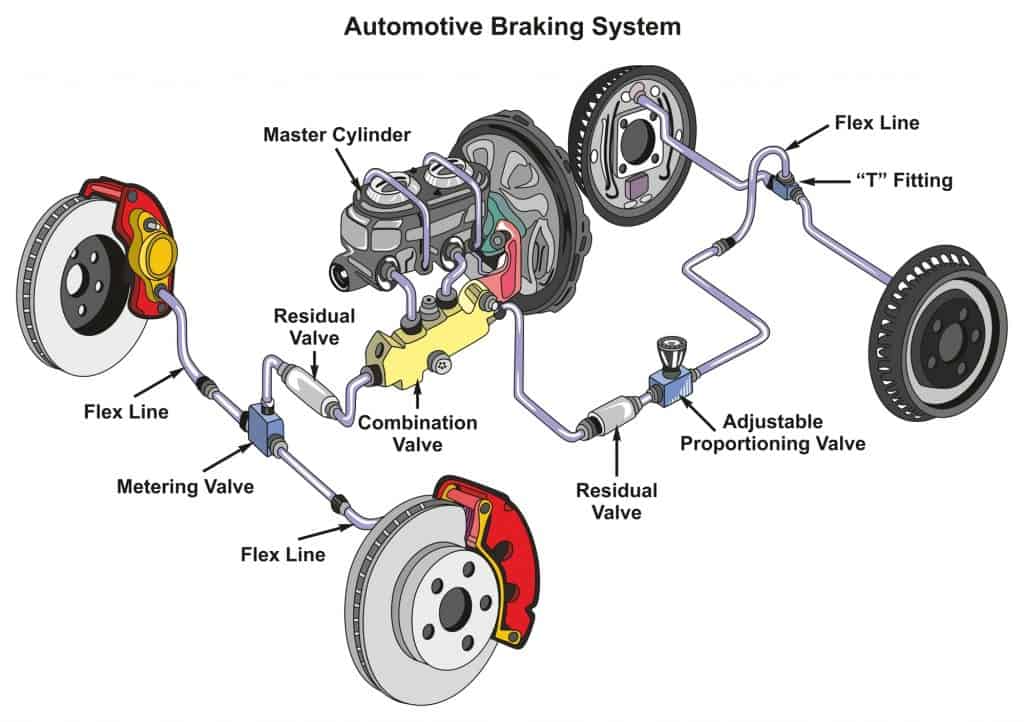
This hydraulic assistance is achieved by a vacuum operated device called a brake booster. The brake booster works with the master cylinder to create the vacuum servo.
If you try driving an old car that relies on brake shoes and cables to stop, you’ll appreciate the assistance that the brake booster supplies!
What’s The Purpose Of The Brake Booster?
The brake booster plays a crucial role in the braking system by helping the driver to overcome the enormous hydraulic pressure needed to apply the brakes, especially disc brakes.
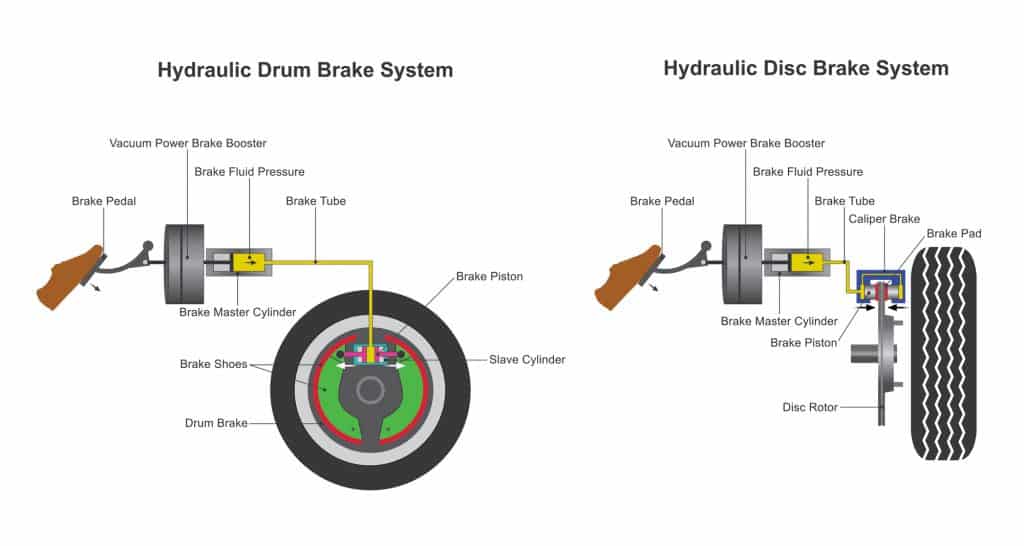
You can think of the brake booster as a sort of amplifier.
It’s usually located in the engine bay, under the windshield. It uses the vacuum generated by the engine to help increase the pressure of the brake fluid in the brake lines.
This significantly reduces the amount of effort needed by the driver, and enhances the braking effect of the brake discs and pads.
How To Diagnose A Bad Brake Booster
Now that you know a little more about the brake booster, you’ve probably realised that most of the symptoms of a bad brake booster are vacuum related.
Fortunately, there is a simple way to check if the brake booster vacuum is causing the problem.
- Locate the brake booster and disconnect its vacuum hose from the engine side.
- Using an appropriate cap, close off the engine vacuum side of the hose (or plug the inlet to the intake manifold)
- Start the engine and check the idle. If the idle is normal then there is nothing wrong with the engine vacuum, and you may have a vacuum leak from the hose or the brake booster itself.
Another really easy way to check the brake booster is by pumping the brake pedal with the engine off. As soon as you start the engine, the brake pedal should go a little soft and become easier to push down on.
If this isn’t the case after you start the engine, then there is something wrong with the brake booster, or the brake system.
What Are The Common Brake Booster Pressure Sensor Circuit Error Codes?
On modern vehicles, if there is a problem with the brake booster then you will usually get an error code. The brake booster is monitored by the brake booster pressure sensor circuit. Its job is to keep an eye on the amount of pressure (vacuum) applied to the brake booster.
If the ECU or powertrain control module detects a problem with the brake booster pressure sensor circuit, then the OBD 2 code P0556 will be recorded. Other error codes that may be logged include P0557, P0558 and P0559.
Brake Booster Repair Costs
On average, brake booster repair can cost between $100 and $700 for the parts. You can expect to pay another $150 to $200 for labor costs.
To have the brake booster replaced by a repair shop or mechanic, you can expect to pay between $250 and $800. It all depends on the make and model of your vehicle, the type of repair shop or dealership and whether the new brake booster is refurbished or brand new.
If you decide to carry out the work yourself, you can save on the labor and you can also save some money by fitting a refurbished brake booster. A refurbished part can cost as little as $50. Just be sure that you purchase from a reputable company.
How To Replace A Broken Brake Booster
Brake boosters are not easily repaired. If you are going to attempt a repair yourself then I’d strongly advise replacing the entire booster with a new or properly refurbished unit.
Replacing a brake booster is not the most difficult job. Usually it can be done without having to drain the brake system of fluid.
If you are going to attempt to replace the brake booster, then be sure to reference a repair manual for your exact vehicle.
Here’s a quick overview of the replacement steps that you will carry out on most vehicles:
- Locate the brake booster (it’s normally up under the windshield).
- Remove and plastic covers, or other engine parts such as air filter boxes and hoses so that you can access the brake booster.
- Disconnect the vacuum hose (if visible) from the brake booster. Sometimes the hose is not removable, and you may have to disconnect the hose from the other end and replace the hose too.
- Next, move the brake fluid reservoir and disconnect the master cylinder. You should be able to do this without disturbing the brake fluid or brake lines, if not you’ll need to drain the system.
- Now you should be able to access the brake booster and remove it from the vehicle. This procedure will be vehicle specific, so you’ll need to use a repair manual for your vehicle.
- Installation of the brake booster is just the reverse of removal.
- When complete, be sure to carry out a full check and test, of the brakes before driving the vehicle.





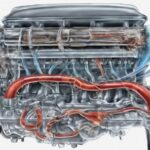
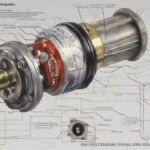
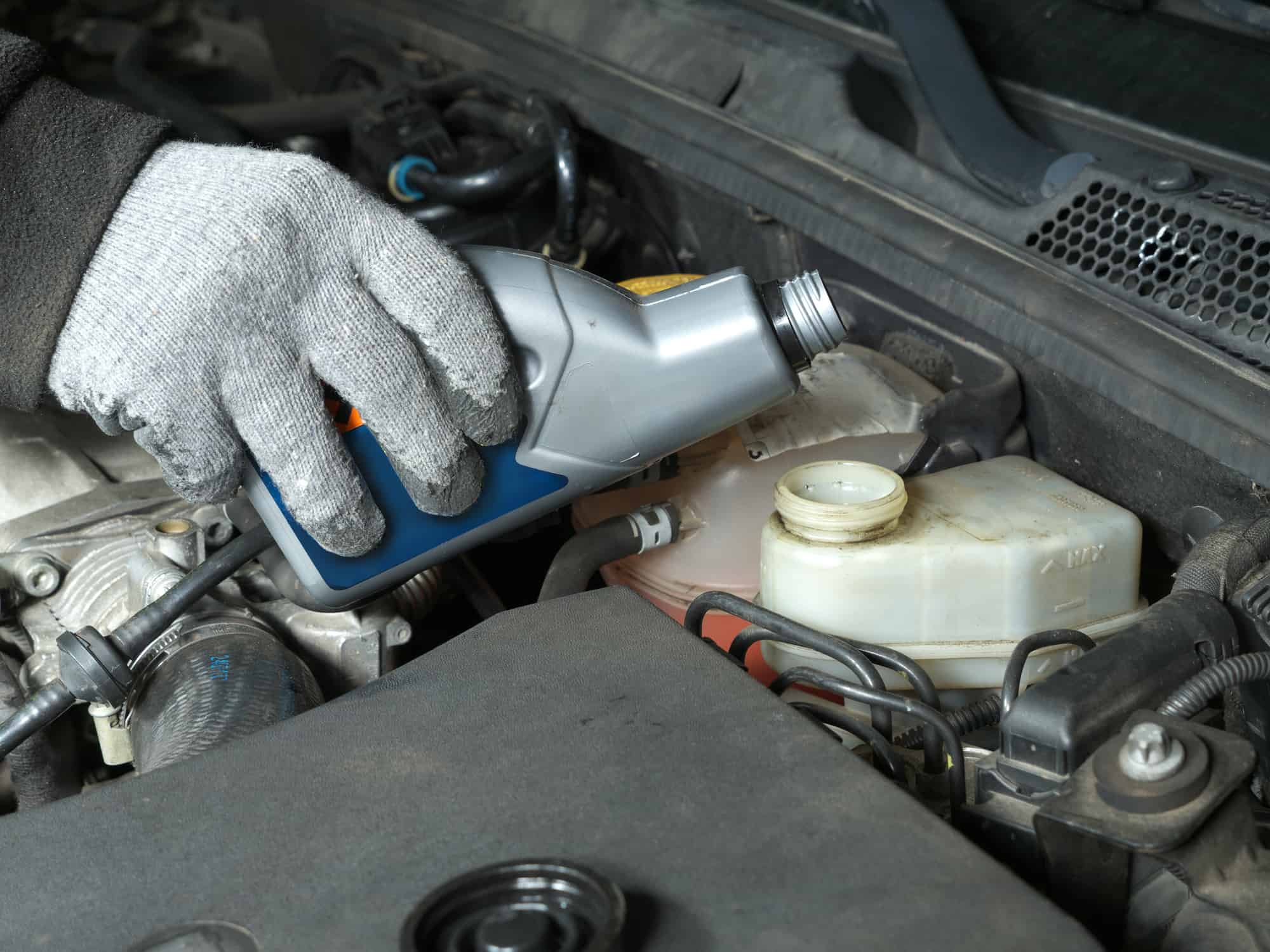










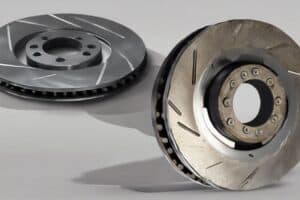
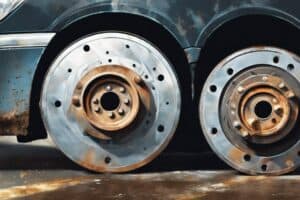
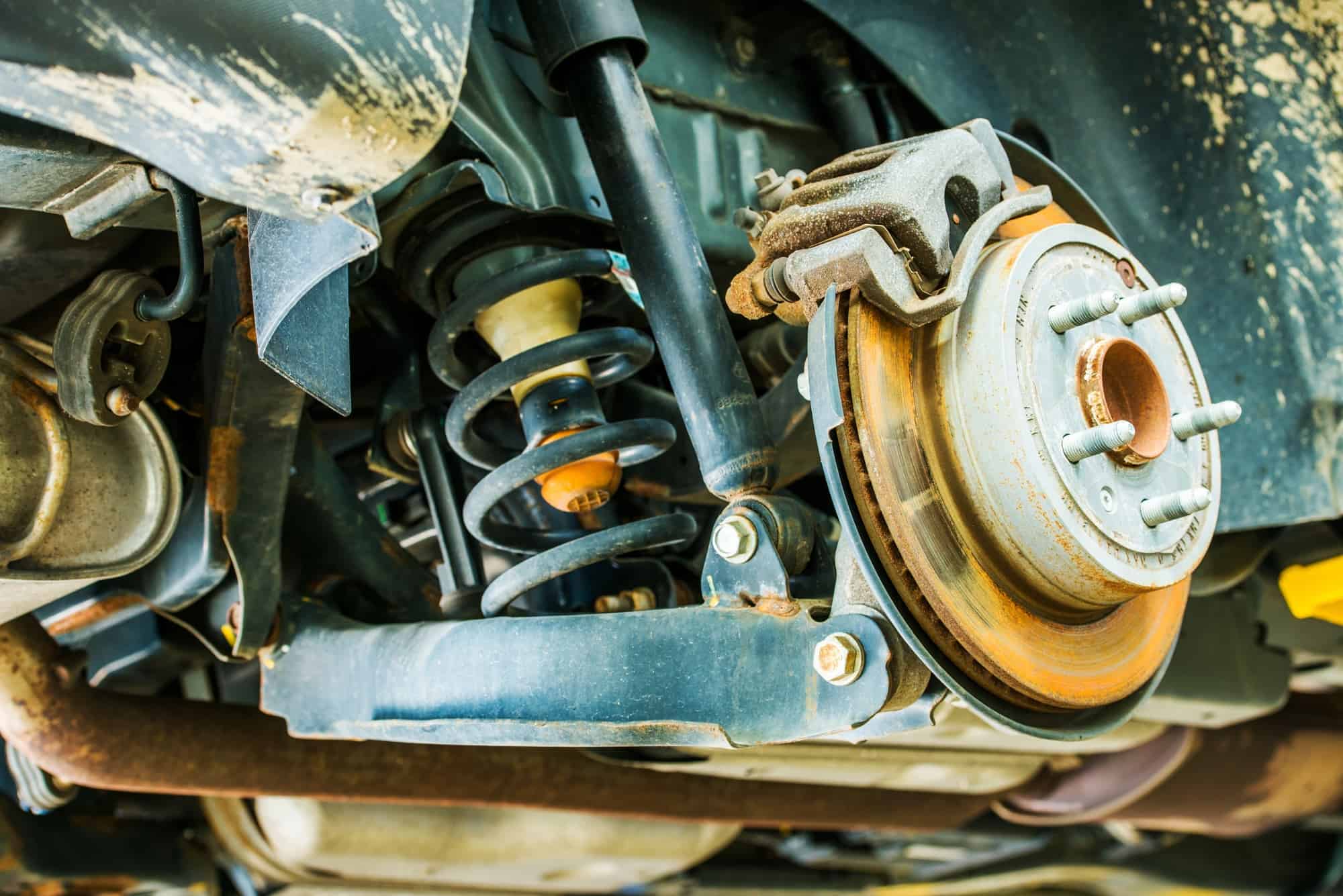
Is there a specific way to identify the exact location of a vacuum leak in the brake booster system, or is it more of a trial and error process?